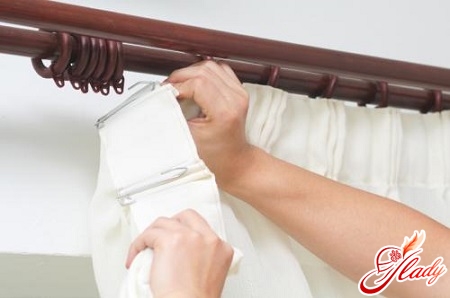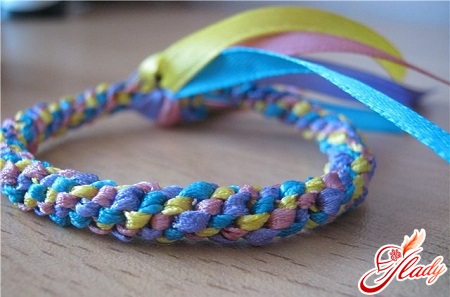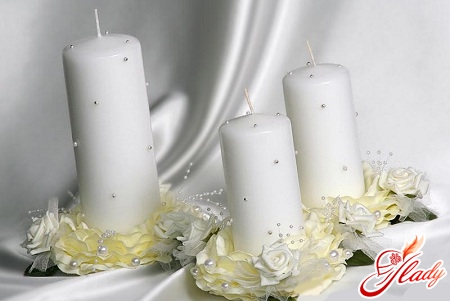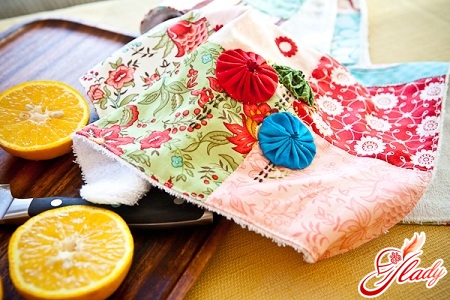 Quilting, quilting, patchwork ... As soon as notcall this kind of needlework. By the way, quilting for some reason is generally called patchwork as such, although in fact it is only a special technique of working with cloth. "Quilt" in English means "quilted cloth" (product). And the word "quilting" is the process of making quilted articles. In handcraft patchwork quilting acts as an independent and self-sufficient technique. This craft is popular in many countries of the world, but the authors claim the authorship of the Americans.
Quilting, quilting, patchwork ... As soon as notcall this kind of needlework. By the way, quilting for some reason is generally called patchwork as such, although in fact it is only a special technique of working with cloth. "Quilt" in English means "quilted cloth" (product). And the word "quilting" is the process of making quilted articles. In handcraft patchwork quilting acts as an independent and self-sufficient technique. This craft is popular in many countries of the world, but the authors claim the authorship of the Americans.
From the history of quilting
For patchwork and quilting is the definition"Patchwork". But these words are not synonymous, as many believe. Patchwork (as a technique) is officially recognized as an English invention, although patchwork was practiced by virtually all peoples. The founder of quilting is America. However, critics argue that the first time to sew three-layer quilted clothing began in China and Japan. In Europe, it came at the time of the Crusades, when the knights put on their heavy armor quilted shirts. In the fifteenth century, a quilting-like technique, called "junk", arose in Italy. And in the sixteenth century, colorful Indian fabrics first appeared in England, which was the beginning of the patchwork. After the sale of imported fabrics in England was banned, they became incredibly expensive, and treated them very carefully, using even expensive pruning for sewing. At the same time, the settling of the American continent by Europeans begins, and along with the first settlers to the New World, patchwork is also moving. This time is considered to be the time of quilting. Americans also call quilting their folk art, because they attribute to themselves the invention of the method of joining patchwork sewing and stitches. Sewing quilt in America was a traditional and massive occupation, a kind of sit-down where you can combine business with pleasure. The upper patchwork quilts were sewn in winter, and in spring they were collected for stitches. In addition to useful things in everyday life and clothing, special special quilts were sewed. For example, for his twenty-fifth birthday, a man received as a gift the "Quilt of Freedom" (a blanket for travel), which he sewed sisters or a mother from rags from his dresses. Quilting was perfected, supplemented with applique, and from the middle of the nineteenth century patch quilts were almost replaced by monochrome quilts, where the stitch became the main decoration. 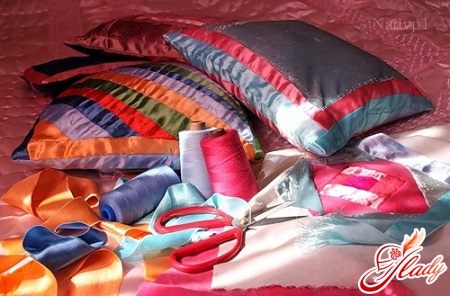
Quilting techniques
The traditional quilt combines a patchworksewing and stitching, but the products made in this technique can also be monochrome or decorated with applique. A combination of patchwork and appliqué is also acceptable. One of the main distinctive features of the quilt (along with the stitch) is the multilayeredness. The product is made of two fabric cloths (face and reverse side) and a padding made of sintepon or batting, which makes the quilt bulky. Stitch on the same sintepon (batting), this product turns from simply bulk into a relief. The front side of the quilted piece is sewn as patchwork (patchwork), and monophonic, made from a whole piece of fabric. The wrong side of the quilt is usually made of one-color, but it can also be sewn from different flaps. Usually, the quilts are two-sided, as the canvas, quilted from the underside, also looks rather aesthetically pleasing due to the bizarre convex pattern. Application in the quilt is also necessarily quilted, making the drawing embossed. The stitch in the quilting is done manually and on the sewing machine. The main condition of a beautiful quilt is the same size of stitches. The pattern that will be quilted on the product is usually applied to the canvas, and then a stitch is made along its contour. However, for quilted patchwork often enough already folded from the pattern, on the borders of which they make a stitch. Sometimes the patch quilts are stitched into the seam, overlapping new lines on the seams connecting the flaps.
Making a quilt
The process of making quilt is in many respects similar totraditional patchwork, but also added with a stitch. First, select a pattern for a single-color fabric and sew a patchwork top. You also need a fabric for the wrong side, which, however, can also be made scrappy. And still stock up the sintepon or batting for laying the quilt. Now you need to select the drawing and apply the markup to the front of the quilt. Marking is applied with a simple pencil or markers (felt-tip pens) on a water basis. Just before drawing on the canvas, check the pencil on an unnecessary shred. Draw a pattern on a previously made pattern, tracing it with a thin and light line. And one more important point: iron the fabric before applying markings to it. Otherwise, under the hot iron, a trace from the pencil can firmly enter the fabric. For contour (simple) stitches and for drawing with straight lines, the marking does not need to be done. For the quilted pattern, the markings can be made in several ways: by transferring the pattern to the fabric and either directly on the template, by attaching it to the fabric with pins or with a pencil. After finishing the stitch, the paper is carefully pulled out. 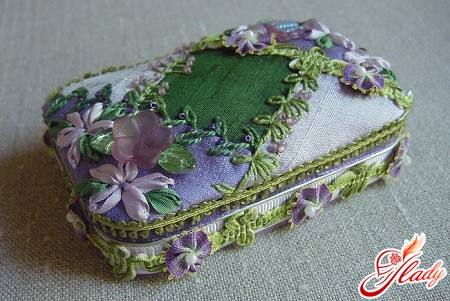
Stitch on the machine
General rules for working with a sewing machine in the process of applying stitches.
In addition to the basic rules of stitching beginnerquilter need to get acquainted with its types. The main types of stitches, we use in quillings, are straight, stitch, stack along the contour, curved stitch, stitch in the seam, dotted stitch, free stitch and quilted lattice.
- Straight stitch
It is made by the machine darn foot inavoid wrinkles and wrinkles on the pad. First make a few stitches in one place, fixing the beginning of the stitch, and then continue the stitch along the intended line of the pattern.
- Stitch along the contour
It is done at a distance of seven and a halfmillimeters from the seam. Such a stitch clearly delineates the boundaries of the pattern in the patchwork cloth, and the elements become less prominent. It is convenient to lay out the contour of the stitches with a marking tape of the desired width along which a stitch is made.
- Stitch "seam in the seam"
It is laid along the lines of already existing jointsTo the side of the fabric, where there are no allowances. This is the most convenient type of stitch for inexperienced quilters, since it allows you to hide the seams. This stitch can be performed both on the sewing machine and manually.
- Quilted lattice
Stitch for filling large parts of patchworkcanvases. With this method, a rectilinear geometric pattern-a lattice consisting of squares or rhombuses-is extracted. Curved stitch Performs for repeating lines repeatedly or filling the background. It looks very impressive and allows you to create drawings in the form of twisted patterns or feathers.
- Free Stitch
It is convenient for quilting curved lines and is suitable for the most complex patterns.
- Dotted stitch
Used for stitching abstract drawings orelements of arbitrary shape. With this method, the stitch is made in any direction with small stitches. Stitches are placed very close to each other, which gives the pattern additional relief. Quite simple at first glance quilting technique is actually difficult. From the craftsman sometimes requires jewelry precision and absolute perfection. But it's always necessary to start with something, even with mastering such complex needlework. Experience comes with time and only in the process of work. Therefore, it is necessary to start all the same (if there is a desire), but it is necessary to be taken for the most simple quilts with elementary drawings. After a good start, you can try your hand at more complex products. In this technique, patchwork is made not only by traditional blankets or bedspreads, but also by paintings, rugs and even clothing. Mastery comes with experience. Create for your own pleasure, gain experience, and all of you will definitely succeed! We advise you to read:




